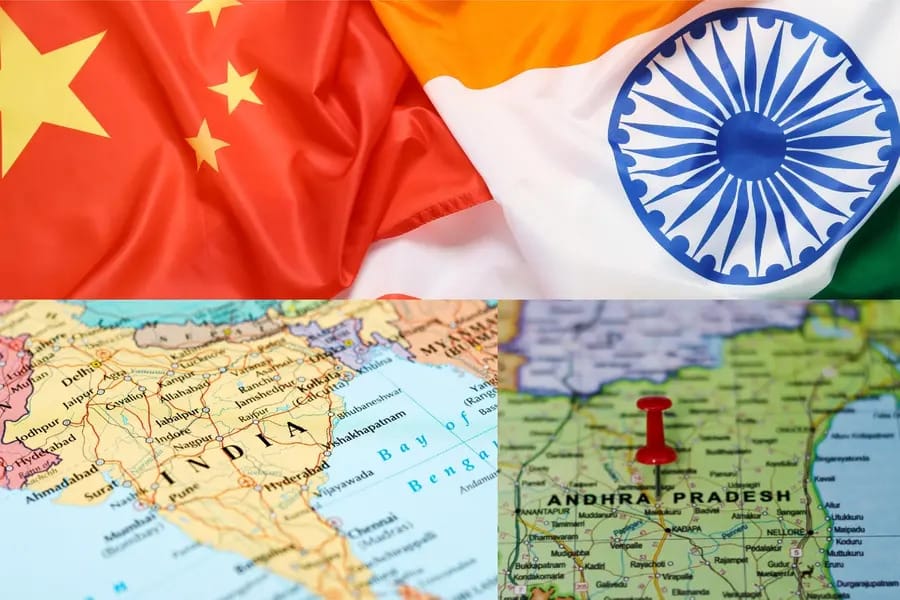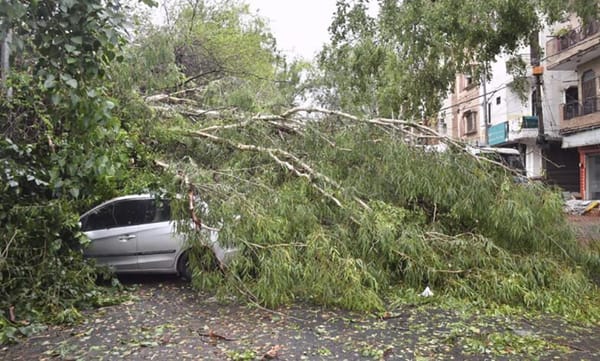China Renames 27 Locations in Disputed Arunachal Pradesh, Tensions Rise

China has announced new standardized names for 27 geographical features in Arunachal Pradesh, a region it claims as part of its territory, referring to it as “Zangnan” or South Tibet. The move, which includes renaming mountains, rivers, lakes, passes, and residential areas, has escalated tensions with India, which asserts that Arunachal Pradesh is an integral part of its sovereign territory. This marks the fifth instance of China renaming places in the region since 2017, prompting a sharp response from New Delhi and reigniting a long-standing border dispute.
According to China’s Ministry of Civil Affairs, the renaming is part of an effort to assert historical and administrative authority over the region. The ministry released detailed coordinates and a high-resolution map alongside the new names, which are standardized in Chinese, Tibetan, and Pinyin (Romanized Mandarin). Chinese Foreign Ministry spokesperson Lin Jian defended the action, stating, “Standardizing names in Zangnan is within China’s sovereign rights.” The move follows previous renaming efforts in 2017, 2021, 2023, and 2024, with a total of over 80 locations in Arunachal Pradesh assigned Chinese names over the past eight years.

India’s Ministry of External Affairs (MEA) swiftly rejected the renaming, calling it a “vain and preposterous” attempt to alter the status of Arunachal Pradesh. MEA spokesperson Randhir Jaiswal emphasized, “Creative naming will not change the reality that Arunachal Pradesh is, was, and will always be an inalienable part of India.” India has consistently dismissed China’s claims, pointing to the region’s cultural, historical, and administrative integration with the Indian state.
The renaming comes amid ongoing friction along the Line of Actual Control (LAC), the de facto border between the two nations, which spans 3,440 km and remains poorly demarcated in several areas. The India-China border dispute, dating back to the 1962 war, has seen periodic flare-ups, including a deadly clash in Galwan Valley in 2020 that claimed the lives of 20 Indian soldiers and at least four Chinese troops. Recent years have witnessed heightened military deployments on both sides, with minor skirmishes reported in Arunachal Pradesh’s Tawang sector in December 2022.
Analysts note that China’s renaming efforts may be tied to broader geopolitical strategies, including asserting dominance in disputed territories and responding to India’s infrastructure development in Arunachal Pradesh. For instance, India’s inauguration of the Sela Tunnel in March 2024, which enhances connectivity to the strategically vital Tawang region, drew sharp criticism from Beijing. Conversely, India views China’s actions as provocative, especially given ongoing diplomatic efforts to resolve border issues, such as the 29th meeting of the Working Mechanism for Consultation and Coordination on India-China Border Affairs held in Beijing in March 2024.
The dispute has also drawn international attention. The United States, in March 2024, reiterated its recognition of Arunachal Pradesh as Indian territory, opposing “unilateral attempts” to advance territorial claims across the LAC. China responded by asserting that the issue is a bilateral matter between Beijing and New Delhi, dismissing external commentary.
Local residents in Arunachal Pradesh, home to diverse ethnic communities and some of the eastern Himalayas’ tallest peaks, have largely dismissed the renaming as inconsequential to their daily lives. However, the region’s strategic importance—owing to its proximity to the LAC and its role in India’s northeastern security framework—ensures that such actions carry significant diplomatic weight.
As both nations continue to bolster their military and infrastructural presence along the LAC, the renaming controversy underscores the fragility of India-China relations. Despite periodic talks aimed at de-escalation, the lack of a mutually agreed border delineation continues to fuel mistrust. For now, the 27 newly named locations remain a symbolic flashpoint in a decades-long standoff, with neither side showing willingness to concede ground.




